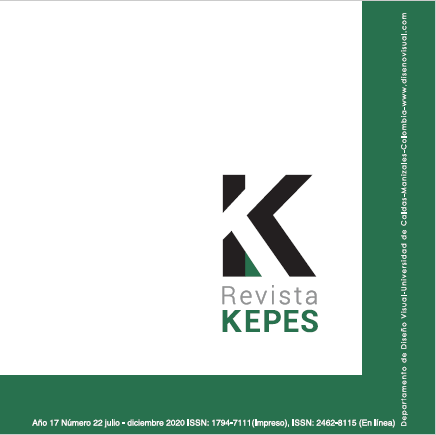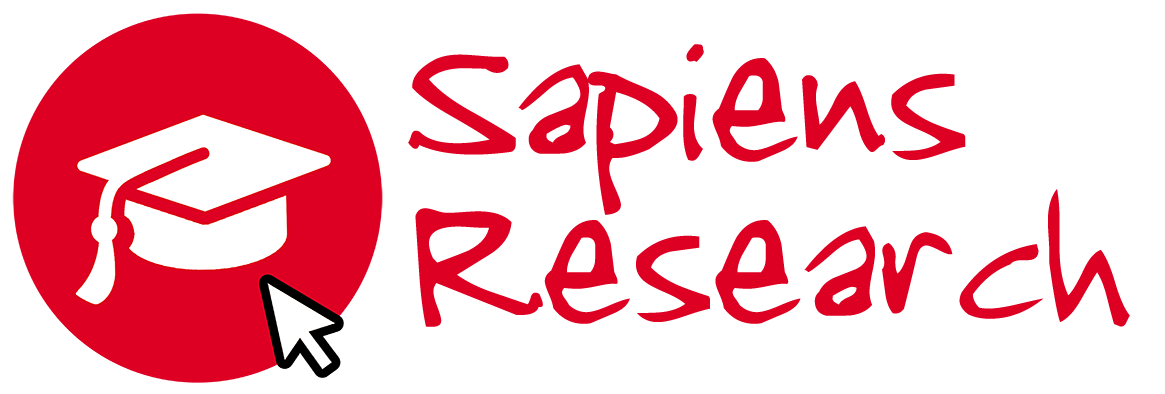Authors
Abstract
This document seeks to take a look at the relationships between animation and performance as knowledge intimately involved with movement and the body, as well as to identify the contributions that arise between both of them and the evolution that took place to reach this symbiosis. From this perspective, a clear interaction of the technological capture devices is detected as an integration between both disciplines through the process of prior body registration and its analysis synthesized in shapes and strokes, being in turn the most recognized cheme through which the animation has had its development as an audiovisual representation system. The aim is not to develop a new methodology, but rather to show the uses and fields of interaction that have already existed for decades in international productions, but that are not yet sufficiently used in the national scene, creating a gap in the appropriation of one of he most recurrent practices for professional entertainers such as Acting. From the observation and verification of the differences and similarities between both disciplines, work pilots were built that sought to bring the work of the actor closer to that of the animator, not as a subordination of one to another in any sense, but as an interdisciplinary cooperation that enhances animated language. To corroborate the hypotheses raised regarding these links between acting performance and the animated phenomenon, different practices were developed with animators and actors revolving around scripts and narratives for animation, which allowed the construction of cooperation scenarios in pursuit of a better characterization of the characters inside. Finally, it was possible to observe an evolution in the competences of the participants, both in their own knowledge and in the sense they gave to their counterpart from the other front of the movement.
References
Arce, R. (2014). La animación colombiana durante el siglo XX: una historia en construcción. Cuadernos de cine colombiano N° 20. Animación en Colombia: Una historia en movimiento, 20, 21-34. https://idartesencasa.gov.co/artes-audiovisuales/libros/cuadernos-de-cine-colombiano-no-20-animacion-en-colombia-una-historia-en
Buchan, S., Kearney, R., Weihe, R., Crow, H., Harris, M., Surman, D., … Wehn, K. (2006). Animated «Worlds». Eastleigh: John Libbey Publishing.
Cambridge. (2017). Acting. En Cambridge Dictionary. https://dictionary.cambridge.org/es/diccionario/ingles-espanol/acting
Cameron, J. (Director). (2009). Avatar [Película]. 20th Century Fox.
Cohl, É. (Director). (1908). Fantasmagorie [Película]. Gaumont.
Cohl, É. (Director). (1912). The Newlyweds [Película]. Émile Cohl.
Durán, M. (2014). Las potencias de la imagen animada. Cuadernos de cine colombiano N° 20. Animación en Colombia: Una historia en movimiento, 20, 35-45. https://idartesencasa.gov.co/artes-audiovisuales/libros/cuadernosde-cine-colombiano-no-20-animacion-en-colombia-una-historia-en
Giedion, S. (1970). Mechanization Takes Command - A Contribution to anonymous history (3a ed.). New York: Oxford University Press.
Goldberg, E. (2008). Character Animation Crash Course! Los Ángeles: Silman-James Press.
Halas, J. & Manvell, R. (1980). La técnica de los dibujos animados. London & New York: Ediciones Omega.
Hooks, E. (2003). Acting for animation. Portsmouth: Heinemann.
Laban, R. (1966). Choreutics. Alton: Dance Books.
Lasseter, J. (Director). (1995). Toy Story [Película]. Walt Disney Studios Motion Pictures.
Laybourne, K. (1998). The Animation Book. a complete guide to animated filmmaking--from flip-books to sound cartoons to 3-D animation. New York: Three Rivers Press.
Lecoq, J. (2003). El cuerpo poético. Barcelona: Alba Editorial.
Linares-Martínez, O. O. (2015). Criteria for Defining Animation: A Revision of the Definition of Animation in the Advent of Digital Moving Images. Animation: an interdiciplinary Journal, 10(1), 42-57. https://doi.org/10.1177/1746847715571234
Lorenzo-Hernández, M. C. (2020). Émile Cohl, animador de cartoons. http://hdl.handle.net/10251/136894
McCay, W. (1911). Little Nemo in Slumberland. El Cajon: Sunday Press Books
McCay, W. (Director). (1914). Gertie the Dinosaur [Cortometraje]. Winsor McCay.
Muybridge, E. (2010). The human and animal locomotion photographs. Hong Kong: Taschen.
Naughty Dog (Programador). (2013). The Last of Us [Serie de videojuegos]. Sony Interactive Entertainment, SIE Worldwide Studios, Sony Interactive Entertainment Europe.
Patmore, C. (2004). Curso completo de animación. Barcelona: Editorial Acanto.
Pikkov, Ü. (2010). Animasophy. Theoretical writings on the animated film. Tallinn: Estonian Academy of Arts.
Real Academia Española. (2017). Actuación. En Diccionario de la Lengua Española. http://dle.rae.es/?w=diccionario
Sierra-Monsalve, S. H. (2015). Acciones Corporales Dinámicas. Metodología del movimiento físico para intérpretes escénicos inspirada en el Principio de Alteración del Equilibrio. Barcelona: Universitat Autònoma de Barcelona.
Telltale-Games. (Desarrollador). (2012). The Walking Dead [Videojuego]. Telltale Games.
Thomas, F. & Johnston, O. (1981). Disney Animation: The Illusion of Life. New York: AbvevillePress.
Wikoff, B. W. (2009). Lines That Move: Winsor McCay’s Work in Performance and Comics, 1900-1920. University of Cincinnati. http://rave.ohiolink.edu/etdc/view?acc_num=ucin1243357215
Williams, R. (2001). The Animator’s survival kit. London: Faber and Faber Limited.

 pdf (Español (España))
pdf (Español (España))
 FLIP
FLIP






















